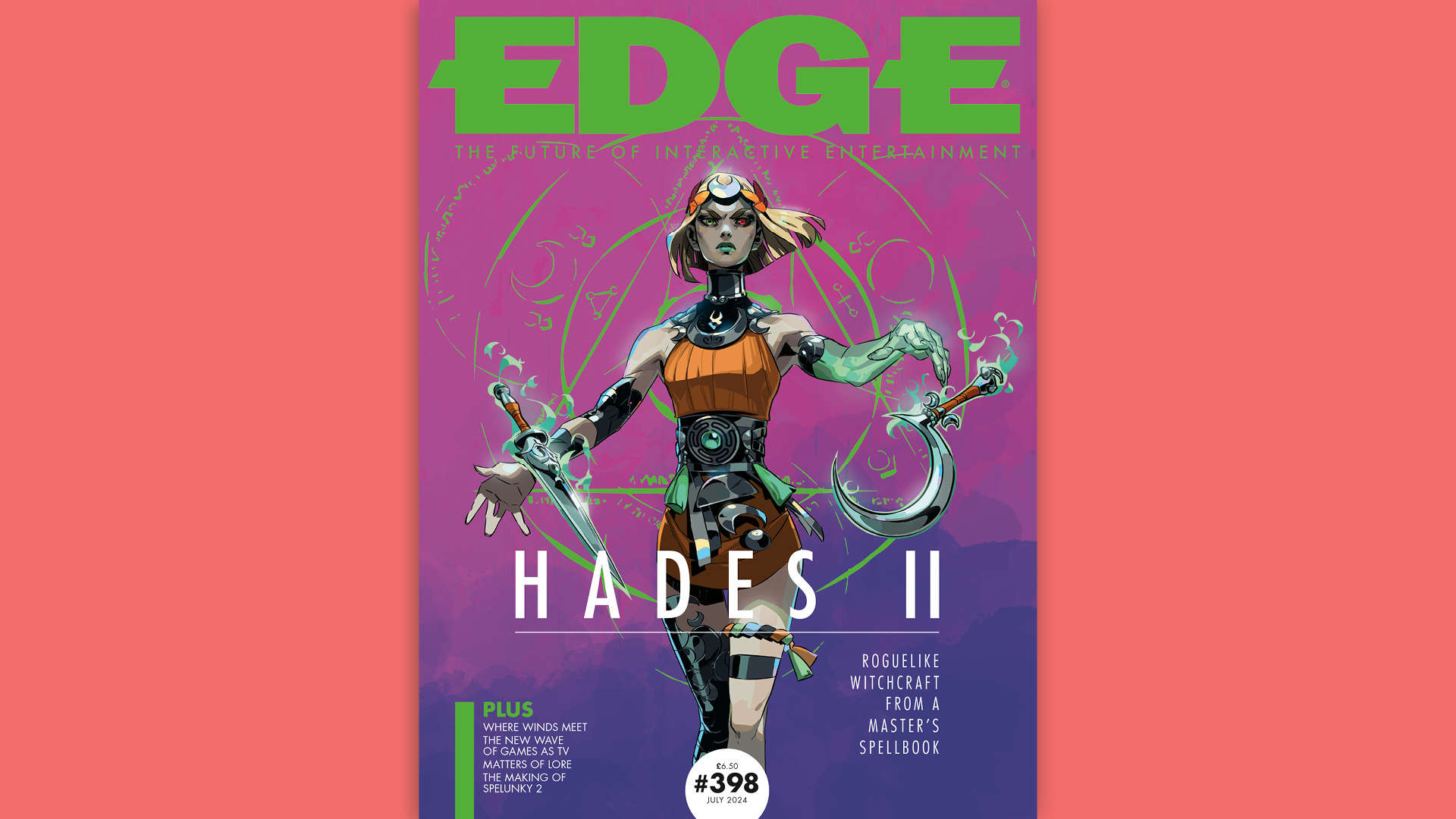- Published on
Roguelike witchcraft from a master’s spellbook: in Edge 398, Supergiant explains the secret sorcery behind its first-ever sequel, Hades II
Edge 398 delves into the surprise launch of Hades II, exploring its inspirations, character designs, and the challenges of creating a sequel. Also featured are insights on game lore, multiplayer server shutdowns, and reviews of Animal Well and Stellar Blade.

As many an indie-game developer has already attested – Hades II’s stealth launch into Early Access caught a lot of people off-guard. But then why not start as you mean to go on? After all, surprise is one of the most important ingredients of a Roguelike. And when you’re making a sequel, springing such shocks becomes that bit harder.
Little wonder, then, that Supergiant Games spent plenty of time weighing up the pros and cons of a follow-up to its enormously successful underworld adventure. In an extensive interview with the developer, we discover that it had similar conversations after the warm critical and commercial reception that greeted its debut game, Bastion – before it pivoted to make the sci-fi-themed action-RPG Transistor instead. This time, though, a follow-up made even more sense, since there were plenty of mythological characters left over from the first game whose tales hadn’t really been told.
“Even as someone who has been interested in Greek mythology since I was little, I’d never heard of [Zagreus] before working on Hades,” creative director Greg Kasavin tells us – and for that reason, it made sense to expand the story of another. “We were drawn to [Melinoë] in the same way,” he says of Hades II’s witchy protagonist. “There was just enough classical mythology to set our minds racing, but not so much that her story is already defined.”
In Edge 398, we find out why Final Fantasy was a major inspiration, how Supergiant embraced every aspect of witchcraft, which of Hades II’s characters serves as a microcosmic example of the studio’s approach to sequel-making and much more. There are fascinating insights, too, from art director Jen Zee, who discusses the game’s iconic character designs, many of which adorn our 16-page feature.
Elsewhere in the issue, we examine the fine print of videogame lore, and explain why this optional text is often required reading. We talk to the developers of multiplayer games to find out what happens when the servers are switched off for good – and, in one case, when they’re unexpectedly turned back on. Derek Yu and BlitWorks discuss the making of Spelunky 2, while Bromley’s Splash Damage is the latest subject of our studio profile. And there’s a double dose of Fallout: the TV series comes under the spotlight, while we take a look back at Fallout 4 in Time Extend, and explain why Bethesda’s oft-derided RPG has revealed its depths over the years.
A game whose own depths might yet take years to full chart heads up our Play section: Billy Basso’s Animal Well is joined by Simogo’s similarly exceptional Lorelei And The Laser Eyes, with reviews of Crow Country, Indika, Stellar Blade, Eiyuden Chronicles: Hundred Heroes and more besides. In Hype, we get an early look at the recently delayed The Rogue Prince Of Persia, alongside Where Winds Meet, Blue Prince, Roman Sands Re:Build and Devolver’s reality TV-inspired ‘thirst-person shooter’ The Crush House. There’s plenty, in other words, to surprise (and, hopefully delight) in the new issue of Edge, which is on sale now.